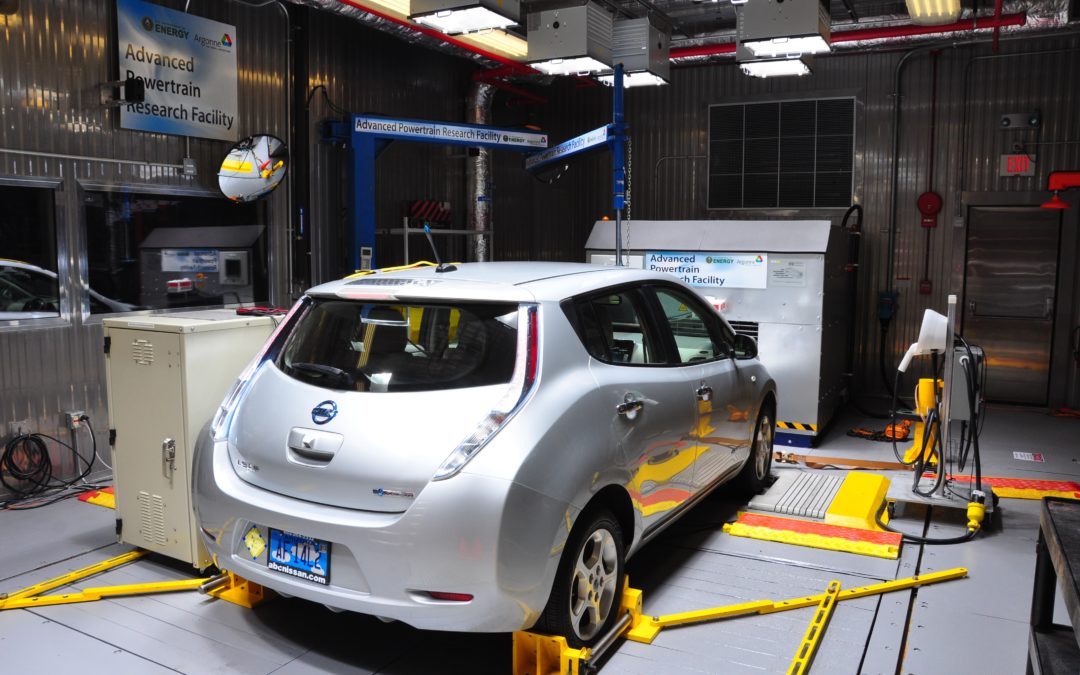
Medical Cleanroom Gowning Procedure
In many medical cleanroom applications, the slightest risk of contamination could have disastrous consequences for the development or testing of products. For this reason, garments are used to protect employees and processes. The purpose of the cleanroom gowning procedure is to limit particles that get in or on garments before entering the cleanroom. Once you have a cleanroom gowning procedure laid organized, make sure it is clearly communicated to all employees and posted in a visible location within the gowning room itself.
Having a procedure for donning protective equipment is crucial for the safety of your operations, although the gowning process itself as well as the cleanroom supplies and garments used will vary depending on your cleanroom’s application and the classification requirements for your cleanroom. Let’s walk through an example of a cleanroom gowning procedure that can be used for many medical cleanrooms.
Medical Cleanroom Gowning Procedure
A comprehensive cleanroom gowning procedure involves three stages, which are translated into distinct areas within the gowning room. Each must be kept separate in order to limit contamination. The three areas used in the cleanroom gowning procedure are:
- The Pre-Changing zone: for the removal of items not worn under garments
- The Changing zone: for donning and storing garments and cleanroom supplies
- The Entrance zone: to conduct final checks before entering the cleanroom
Before beginning the cleanroom gowning procedure, employees must have recently showered, be wearing clean clothing and hair covers, and be as personally clean as possible.
Pre-Change Zone
The pre-change zone is the preliminary step of the cleanroom gowning procedure, where the majority of particles are removed prior to entering the cleanroom. In this zone, a sticky mat is used to clean the soles of the employee’s shoes. The employee must also remove clothing that won’t be worn in the cleanroom under the garment and store items safely where they can’t shed particles or contaminate clean garments.
In the pre-change zone, there will be a place for employees to scrub hands for a minimum of thirty seconds. Afterwards, they can apply a disinfectant and sterile moisturizer before moving onto the changing zone.
Changing Zone
Employees enter the changing zone by passing over a bench or into a separate room. In this area, they will don gloves, put on a facemask, select garments, and put on any necessary headgear and garments without touching the floor or other items in the room. While changing, the employee should take care to touch as little of the garments as possible. Specific gloves can be worn for this process if necessary to ensure no particles are carried onto the garments themselves.
With the proper attire donned, the employee will tuck their sleeves into their gloves and put on boots or shoe covers carefully so that they don’t touch the “dirty” area where they previously tread.
Entrance Zone
The entrance zone is the final area of the gowning room, and the final stage of the cleanroom gowning procedure. It will have a full-length mirror and a place where employees can wash their hands to disinfect them one more time before entering the cleanroom.
In the mirror, the employee should do a thorough visual check that the garment is worn properly and tucked in the necessary places — around sleeves and gloves, into boots, etc. — and that any headgear is secured and clean. The gloves should also be checked, and replaced if torn or contaminated before reaching the entrance zone. Once the check is complete, the employee may enter the cleanroom.
The cleanroom gowning procedure may seem extensive or complicated, but it is vital to limit the potential level of contamination entering the cleanroom. However, implementing a solid procedure is only part of this task. The cleanroom gowning procedure depends on a thoughtfully designed gowning room in order to be effective.
Medical Cleanroom Design: Gowning Rooms
The medical cleanroom design should facilitate a proper gowning procedure by including the necessary space for gowning rooms and the three zones within them, including the pre-changing zone, the changing zone, and the entrance zone. Each area should be equipped with the furniture and cleanroom supplies employees will need as they move through the cleanroom gowning procedure. These supplies include benches and cabinets for changing areas and storage of both clean garments and dirty ones — which must be kept in separate and secure areas.
The structure of the gowning room must also facilitate the cleanroom gowning procedure. Cleanroom doors and pass-throughs must allow contamination-free entrance and exit areas for both employees and supplies.
Finally, the cleanroom systems — including HVAC, HEPA filtration, and airflow — must work together to change the air effectively and prepare the employee for entrance into the cleanroom environment. In some sensitive applications, a dedicated HVAC system and fan/filter units may be necessary to capture particles during the cleanroom gowning procedure to keep them from entering your medical cleanroom.
Is your gowning room prepped to allow for maximum efficiency and minimum contamination? Angstrom Technology designs, builds, and installs secure and controlled cleanroom gowning rooms. We can help make sure your space is helping you reach your stringent classification requirements and eliminating contaminants wherever possible. For more information, give us a call or reach out online.



